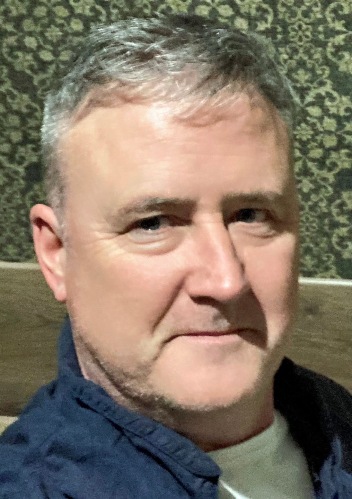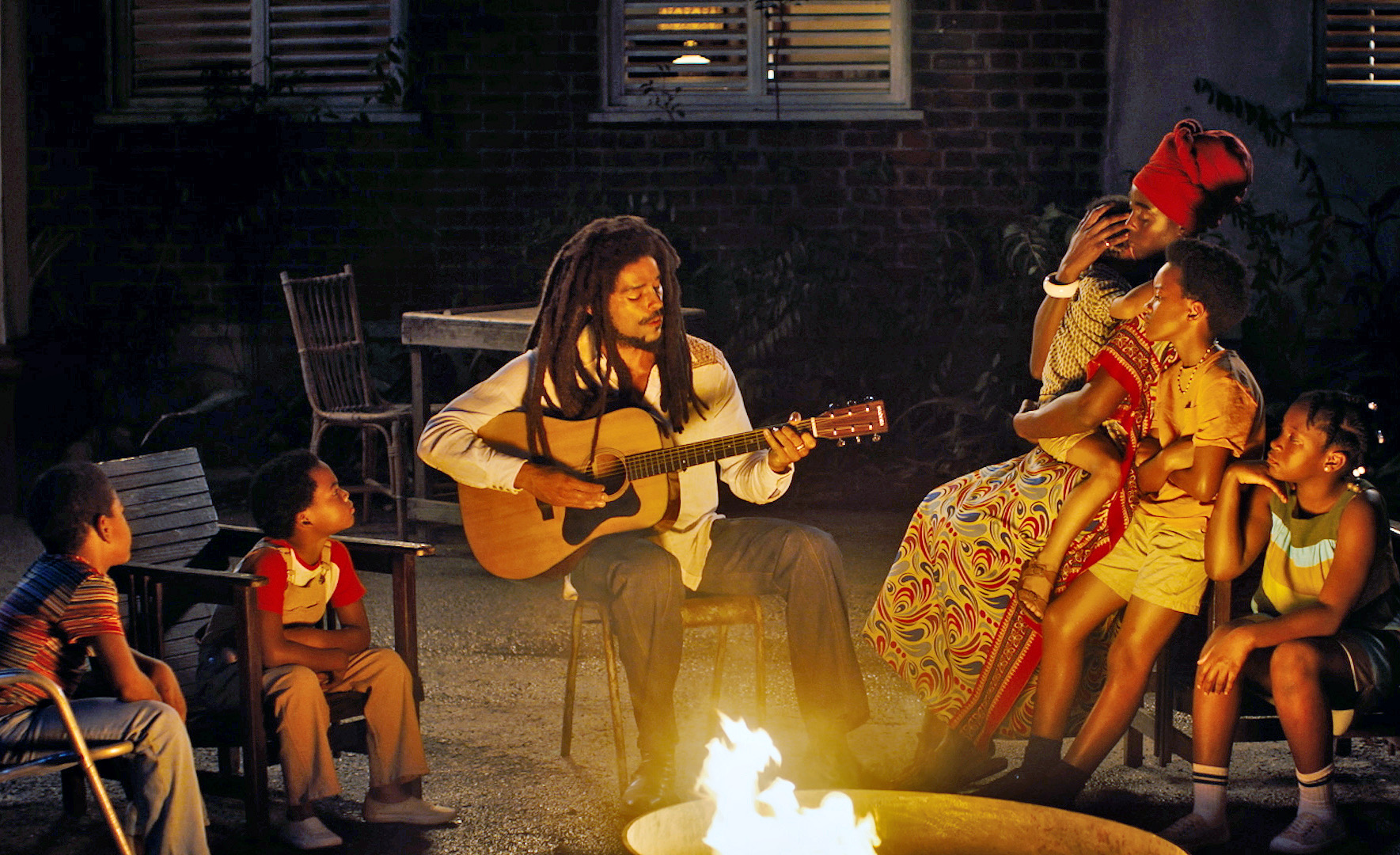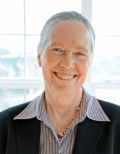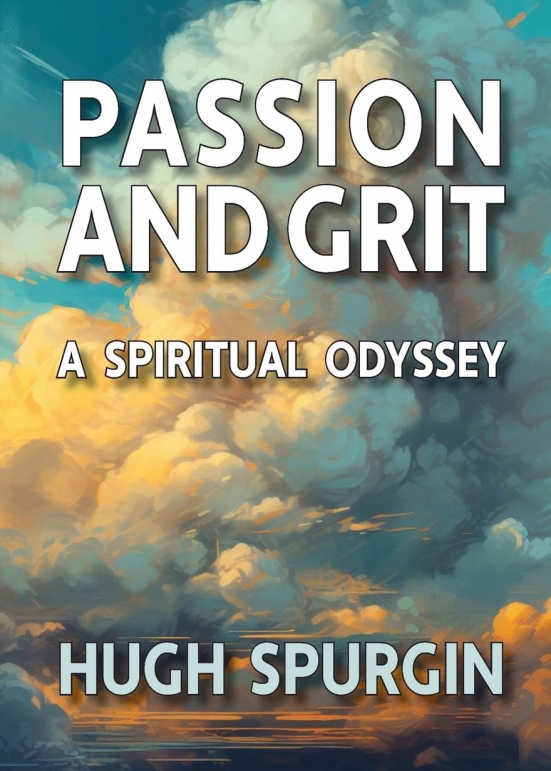 “Bob Marley: One Love” is a film I had greatly anticipated, but probably I’m the last person who should write a review, so besotted was I, no doubt along with much of my generation (“Xers”), by Marley, since coming into contact with his hypnotic reggae beat in the mid-1980s.
“Bob Marley: One Love” is a film I had greatly anticipated, but probably I’m the last person who should write a review, so besotted was I, no doubt along with much of my generation (“Xers”), by Marley, since coming into contact with his hypnotic reggae beat in the mid-1980s.
Since then, of course, and after playing the obligatory (since its release in the 1980s) “Legend” greatest hits album to death, I have not had that much interaction with Marley, apart from admiring his image in Dalymount Park, Dublin, where our local club, Bohemian FC, cherishes its connections to historical figures who played there, such as Bob.
However this movie is very much for the music fan, which might disappoint some who might have been eager to get deeper into the politics or even the spirituality of Bob Marley, the “Godfather of Reggae.”
The story focuses on a short period in Marley’s life, from just before his attempted assassination in Jamaica in 1976 to his premature death at 36 in 1981.The opening scenes teleport us into a Jamaica erupting in political turmoil as opposition parties are causing the nation to explode in violence and unrest.
Marley is portrayed throughout the film as a potential unifier and peacemaker, as he attempts to headline a “Smile Jamaica” concert in an effort to bring some healing and unity to the post-colonial tropical nation, still trying to forge an independent identity. His sweet, soulful, music and powerful gospel lyrics seem to point to him as a putative messianic figure of sorts, who might bring the island nation together, if only they can “Catch the Fire” of his inspired message rather than the one that threatens to burn everything down.
However, in the early scenes we learn that neither he nor Jamaica are ready for this message: divisions are still too raw and his levels of self-doubt don’t yet permit him to transcend his normal human needs for self-preservation and success.
Enter the legendary Chris Blackwell, pioneer owner of the small Island record label, who assembles a team of musicians and support staff around Marley who will launch him to worldwide acclaim, but only after he goes into an exile of sorts in an unsuspecting London, in the throes of Punk and no little racial tension, it seems.
Continue reading “Changing the World: ‘Bob Marley: One Love’”


 Recently, we have been called to resume witnessing in the Unification Movement in order to recapture the spirit of the 1970s, a time when most of its American members joined.
Recently, we have been called to resume witnessing in the Unification Movement in order to recapture the spirit of the 1970s, a time when most of its American members joined.











Recent Comments